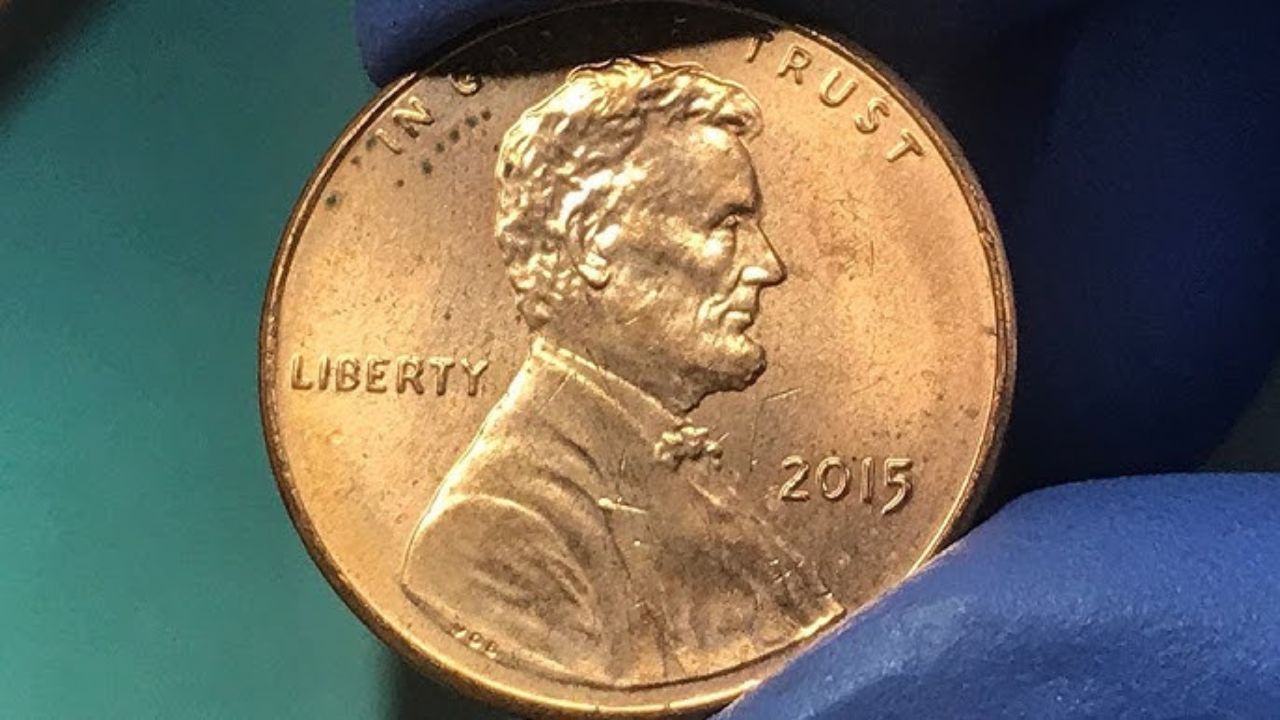Think all pennies are worth just one cent? Think again. Some Lincoln Wheat Pennies—those classic coins with wheat stalks on the back—are now valued at up to $100,000. And here’s the real shocker: many of these rare pennies are still out there, hiding in wallets, change jars, or forgotten drawers. Could one be waiting for you?
What Makes a Lincoln Wheat Penny So Valuable?
The Lincoln Wheat Penny was minted between 1909 and 1958, featuring Abraham Lincoln on the front and two wheat ears on the reverse. Most are common and only worth a few cents. However, certain rare versions have become incredibly valuable due to factors like minting errors, scarcity, and unique features.
Here’s what influences their value:
- Year and Mint Mark: Some years had lower production numbers or specific mint marks that make them rare.
- Minting Errors: Coins with doubled dies, off-center strikes, or missing details are highly collectible.
- Metal Composition: Some were mistakenly made with the wrong metal, like the legendary 1943 bronze penny.
- Condition: Coins in better condition command higher prices, especially if graded by a professional service.
The Legendary 1943 Bronze Lincoln Penny
One of the most sought-after Wheat Pennies is the 1943 Bronze Lincoln Penny. During World War II, copper was needed for military use, so pennies were supposed to be made from steel. However, a few bronze planchets accidentally slipped into the presses. These rare coins have sold at auctions for over $100,000.
Rare Dates and Mint Marks to Watch For
Here are some of the most valuable Lincoln Wheat Pennies that collectors are always hunting:
- 1909-S VDB: The very first Lincoln penny, with only 484,000 produced.
- 1914-D: Rare and hard to find in high grades.
- 1922 No D: Minted in Denver, but with the “D” mint mark missing.
- 1943 Bronze: A rare mint error during the wartime switch to steel coins.
- 1955 Doubled Die: Shows doubling in the word “LIBERTY” and the date—highly prized by collectors.
Even in worn condition, these coins can be worth hundreds to thousands of dollars.
How to Check If Your Wheat Penny Is Rare
Wondering if your penny could be a hidden gem? Here’s how to check:
- Look at the Date and Mint Mark: Check for years mentioned above and look under the year for a mint mark (D, S, or none for Philadelphia).
- Check for Errors: Use a magnifying glass to look for doubled letters, unusual designs, or missing marks.
- Weigh It: Most wheat pennies weigh about 3.11 grams. A heavier or lighter weight could signal an error coin.
- Don’t Clean It: Cleaning reduces the value. Always leave the coin in its original state.
- Get It Appraised: If your coin looks promising, send it to a professional grading service like PCGS or NGC.
Why Are Collectors Paying So Much?
Rare coins hold value not just for their age, but for their story. The Lincoln Wheat Penny is a favorite among numismatists because of its rich history and the many rare variations that exist. As fewer of these rare pennies remain in circulation, demand keeps rising.
Some people collect them for historical interest. Others see them as investments. Either way, the market value for these coins continues to climb, making them more desirable than ever.
What to Do If You Find a Rare Penny
If you believe you’ve found a valuable Lincoln Wheat Penny, handle it carefully:
- Place it in a soft coin holder or sleeve to protect it from damage.
- Do not clean it—leave it as is.
- Get a professional appraisal from a reputable source like PCGS or NGC.
- Consider auctioning it or contacting a trusted coin dealer for valuation and sale options.
Even if your coin isn’t worth five figures, many wheat pennies can fetch $10 to $1,000 based on rarity and condition.
Final Thoughts
The Lincoln Wheat Penny is more than just spare change—it could be a valuable piece of American history. With the right date, error, and condition, your penny might be worth thousands or even $100,000. So before you toss that old coin aside, take a closer look. You might be holding a small copper fortune.
